The Best Marathon Running Shoes For Training And Racing
If you’ve signed up to run 42.2km, you’re going to want the best marathon running shoes possible
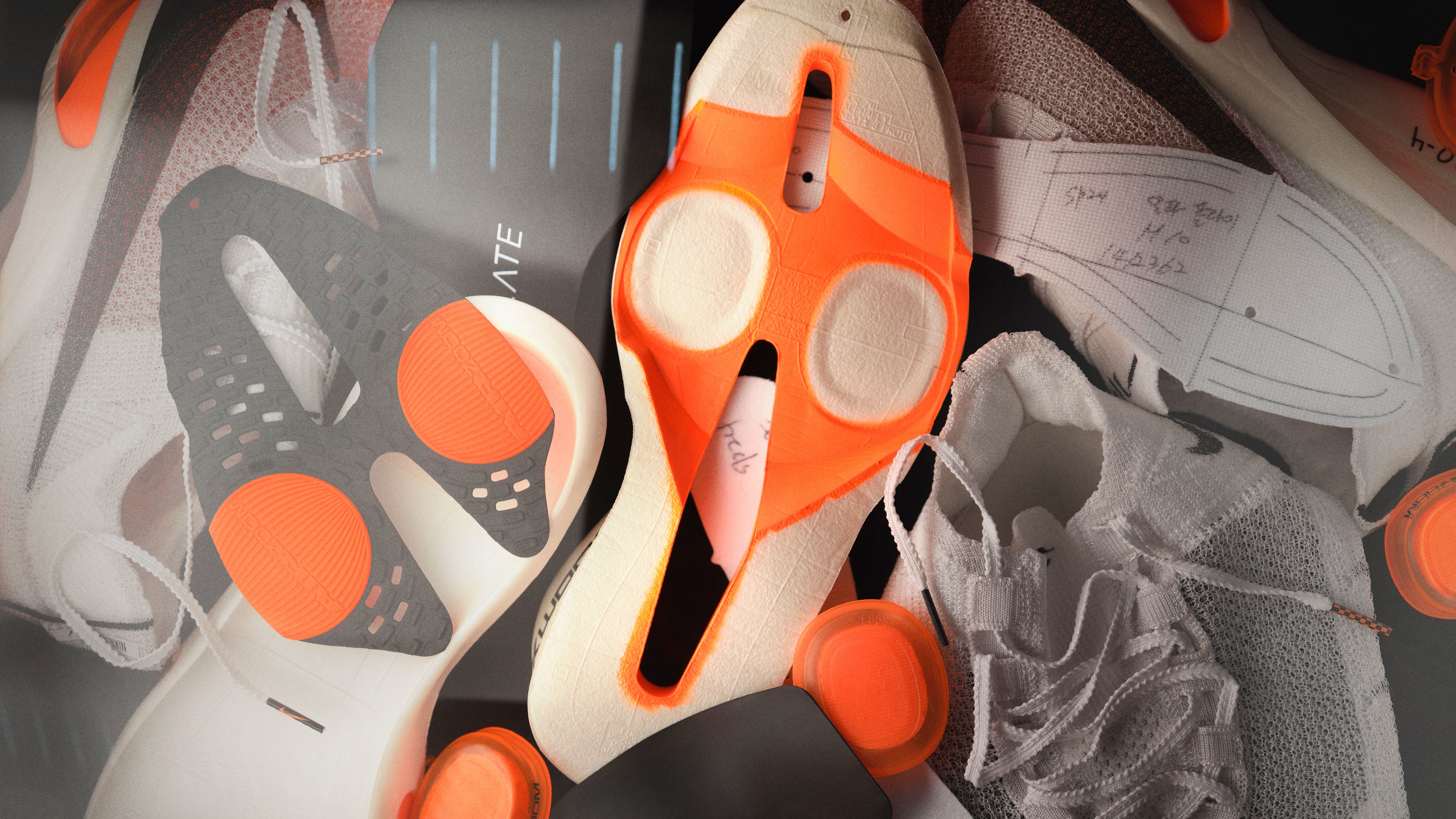
Quick list
1. Best for beginners
2. Best value
3. Best carbon plate shoe
4. Best for training and racing
5. Best stability shoe
6. Most comfortable
There are many times in life when seeking out the cheapest option is a good idea. Buying marathon running shoes to train and race in is not one of them. Even a beginner marathon training plan will require you to log around 200 total miles, while more experienced runners will chalk up more than 600 miles, so it’s smart to opt for some of the best running shoes to make all those miles more enjoyable.
What defines a great marathon shoe will differ from runner to runner, though it’s fair to say that the best carbon plate running shoes have become the go-to option for many marathoners. I’ve included a couple of carbon options below as part of a wide range of options to suit all comers, from first-timers looking to complete the course to marathon veterans aiming for a PR.
How I Test Marathon Running Shoes
You can trust Coach
I am an obsessive runner who has completed 12 marathons and I have a PR of 2hr 28min. With aspirations to improve that time, I usually run between 45 and 70 miles a week when training for a marathon, which allows for a lot of shoe testing. I aim to run at least 30 miles in a shoe before reviewing it, including a range of training sessions at different speeds and races when possible.
The Quick List
This list highlights my top picks for several key categories of marathon running shoes, and you can use them to click through to my full review of each shoe.
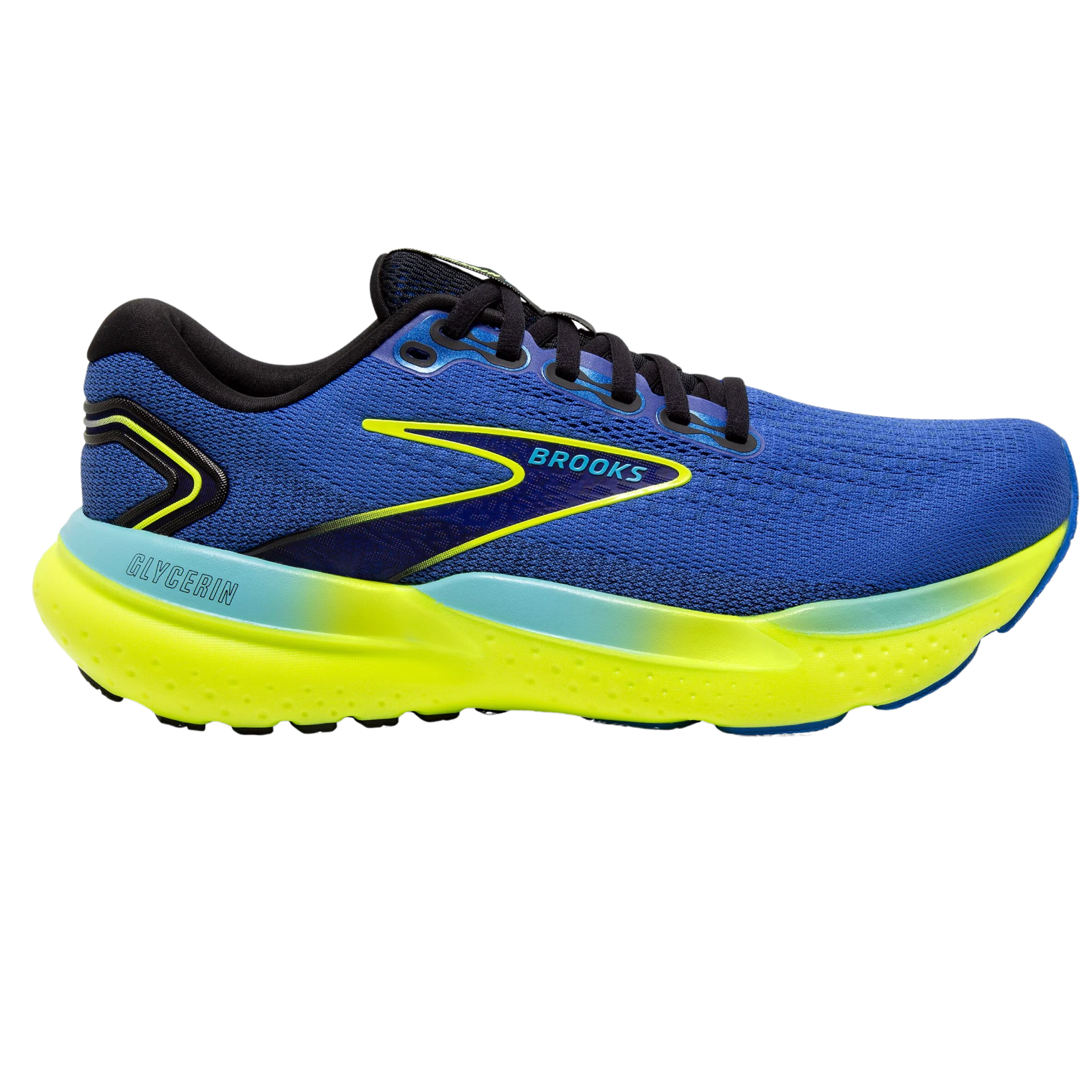
Best for beginners
The best thing about the Brooks Glycerin 21 is how good it feels on long runs. It’s comfortable, protective and its foam retains bounce over any distance, which makes it a perfect marathon option for runners looking to tackle 20+ miles in training and the race for the first time.

Best value
The Puma Velocity Nitro 3 is a versatile and comfortable shoe that’s cheaper than most, and is often in sales. It has the cushioning needed for long runs and the marathon itself, and enough bounce for faster efforts during training too.
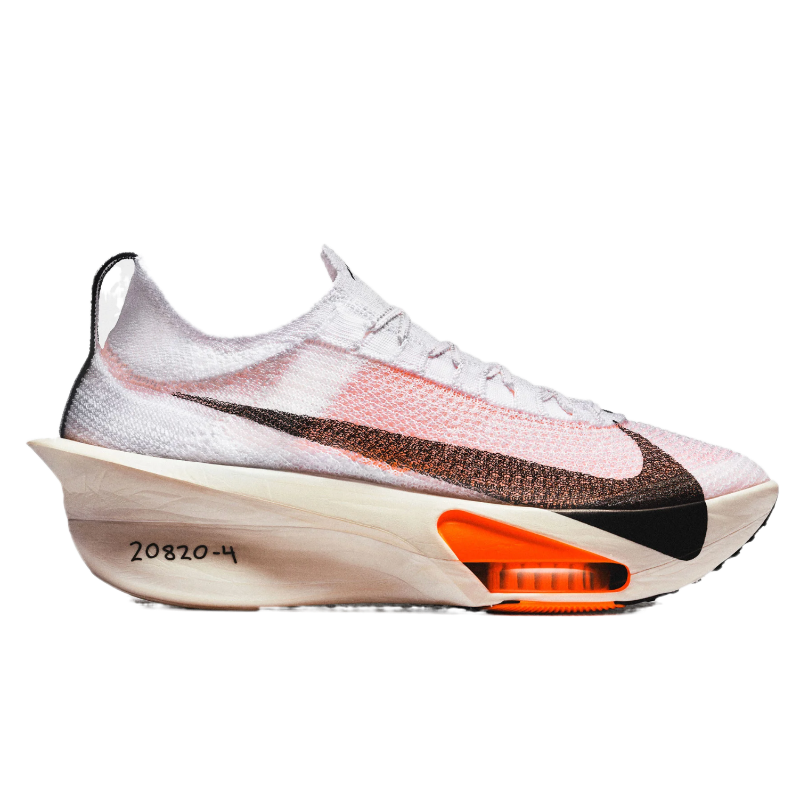
Best carbon plate shoe
The latest generation of the Nike Alphafly is essentially the perfect marathon racing shoe, with a smooth, propulsive ride that will help you log your fastest times over 26.2 miles. It’s expensive, but there’s no shoe I’d rather be in for a marathon.
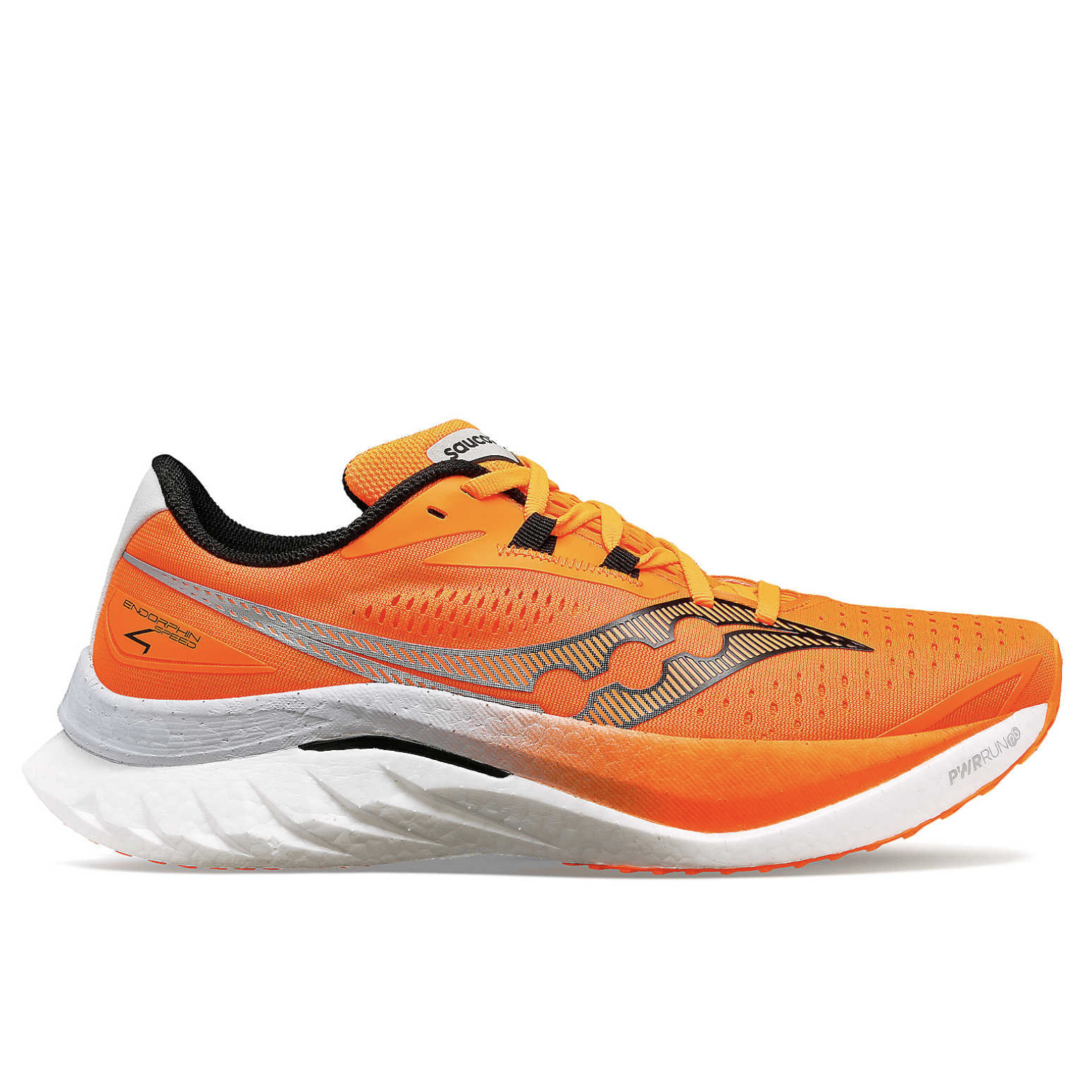
Best for training and racing
The Saucony Endorphin Speed 4 is the ultimate all-round running shoe and is the clear top pick for anyone who wants a shoe for all their training and to run a fast time on race day. It has a nylon plate and a generous stack of bouncy foam in the midsole.
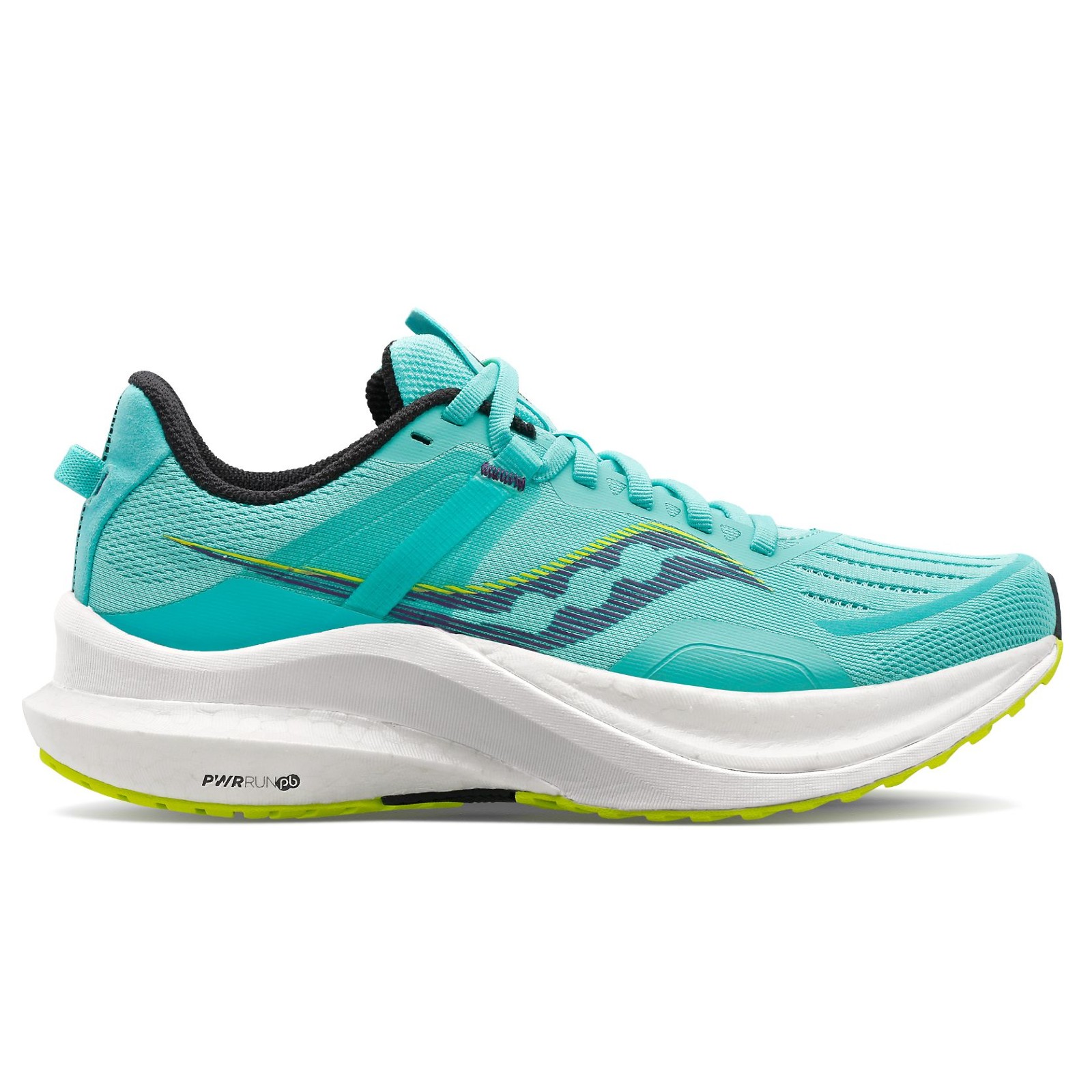
Best stability shoe
The Tempus is a versatile stability shoe that’s comfortable but still fast and bouncy. It’s a great option for long, hard training runs, and if you find neutral racing shoes too unstable then the Tempus will serve you better for your marathon.
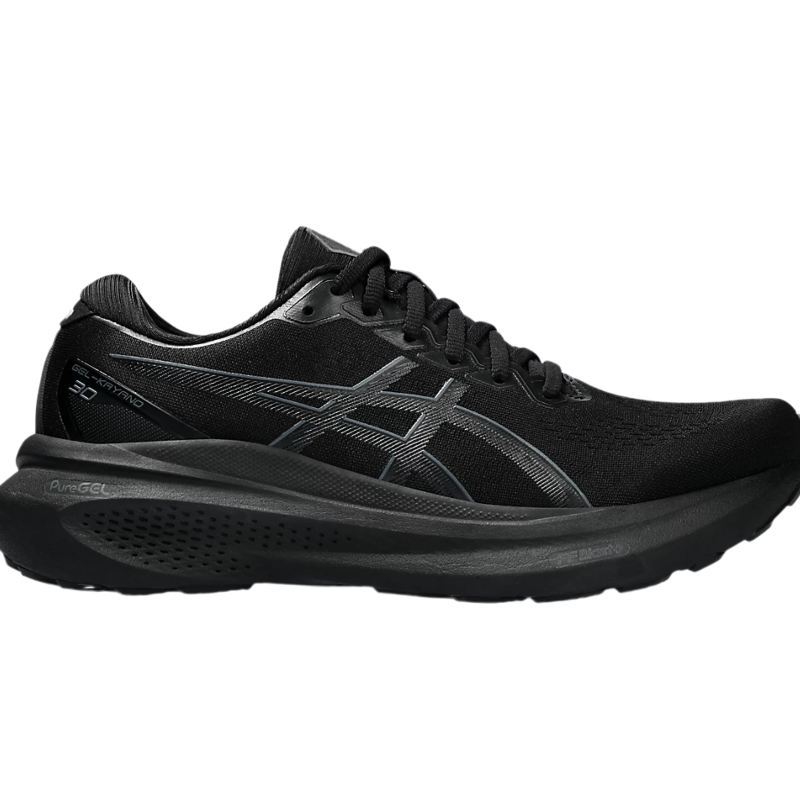
Most comfortable
The Asics Gel-Kayano 30 is a stability shoe but is comfortable for neutral runners and those who overpronate—and everyone will appreciate the extra support you get during the long runs of marathon training, as well as the race itself.
The Best Marathon Running Shoes
Best for beginners
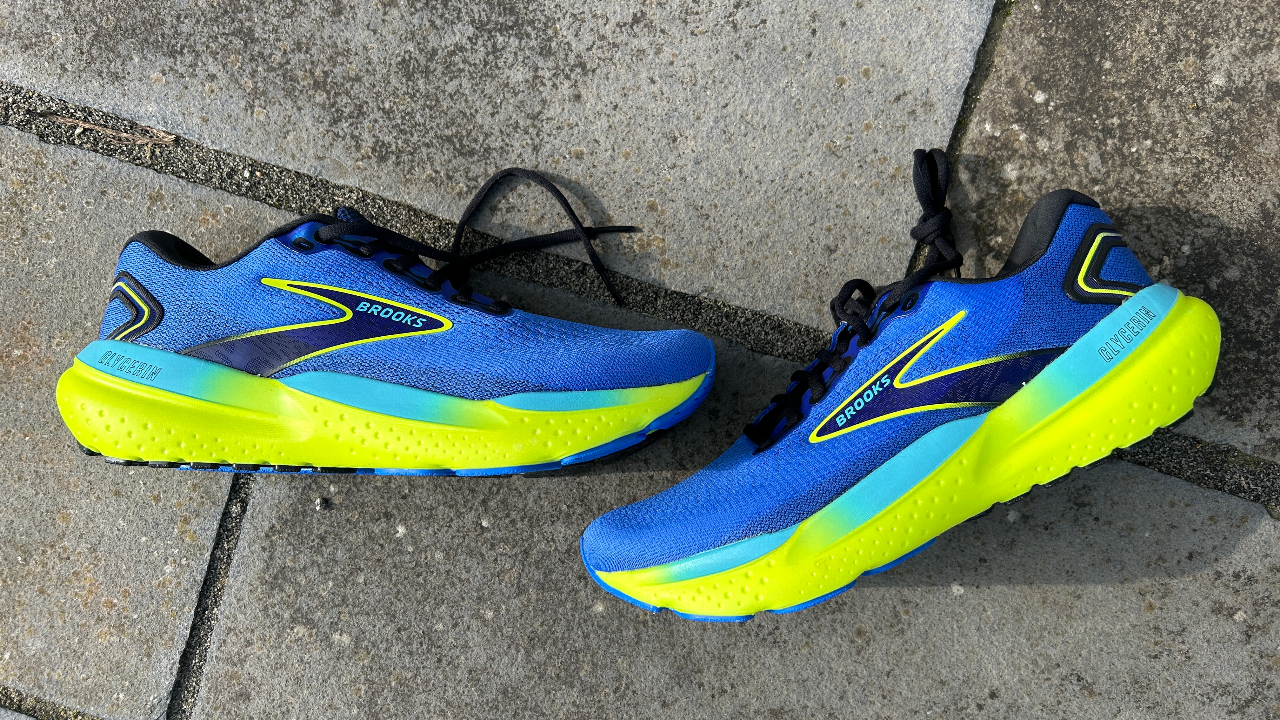
Specifications
Reasons to buy
Reasons to avoid
If you’re tackling your first marathon then the long distances you’ll have to run in training and on race day are probably the biggest concern you have, and the Brooks Glycerin 21 is the best cushioned shoe for cruising through long runs. It provides a comfortable but not overly squishy ride with support and a little bounce to help you tick off 20+ milers. While it’s a big shoe focused on comfort, it’s responsive enough that you can pick up the pace if you’re feeling good. It’s expensive, though it is a durable shoe that you can use for all your training runs and the race. This will make the investment worthwhile and help ensure that your first marathon feels that bit easier and more enjoyable.
Read more in my Brooks Glycerin 21 review
Best value
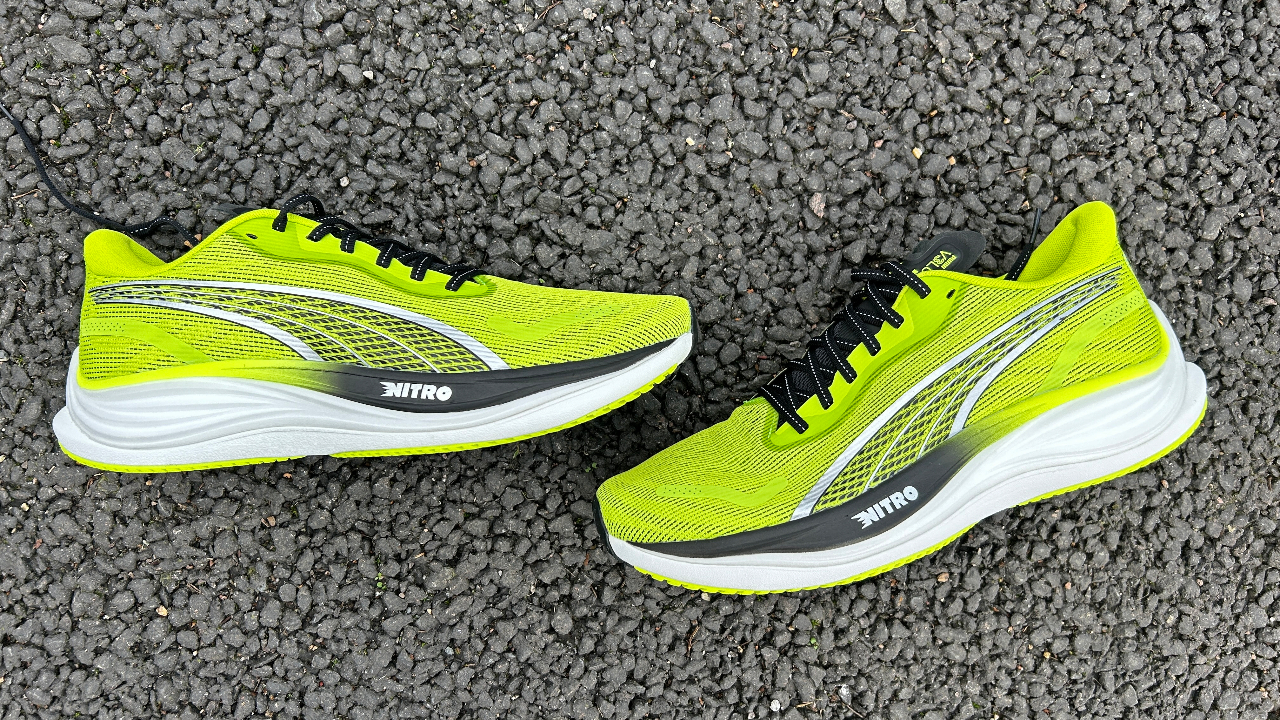
Specifications
Reasons to buy
Reasons to avoid
The Puma Velocity Nitro 3 is a jack-of-all-trades running shoe with a price that’s lower than most rivals. The dual-density midsole is comfortable over long distances, but has enough bounce for faster efforts, and the outsole on the shoe grips well in wet conditions and is durable. There’s little to fault about the shoe’s performance on the run, and I rate it more highly as a daly trainer than shoes that cost a lot more.
It’s also often reduced, which will make it even better value, and you could also look at picking up the Puma Velocity Nitro 2 if you find the previous version of the shoe in sales somewhere. The Velocity Nitro 3 is a little more cushioned, which is a benefit for marathon training, but the Velocity Nitro 2 is still a comfortable option.
Read more in my Puma Velocity Nitro 3 review
Best carbon plate shoe
Specifications
Reasons to buy
Reasons to avoid
The Nike Alphafly 3 is light, bouncy, propulsive and comfortable over long distances. It’s everything you want in a modern racing shoe, and while expensive, it’s the best shoe you can get if you have designs on setting a PB in the marathon.
It’s actually a great shoe for racing at any distance I found, but the way it helps you lock into a race pace so it almost feels like you’re cruising is especially beneficial for marathons. The updates Nike made to the third version of the shoe make it lighter and more aggressive than the Alphafly 2, though the 2 is still a great marathon racer in its own right if you see it in sales. The Nike Vaporfly 3 is also a great marathon option, as are some of the best carbon plate running shoes from other brands, but right now the Alphafly 3 reigns over all.
Read more in my Nike Alphafly 3 review
Best for training and racing
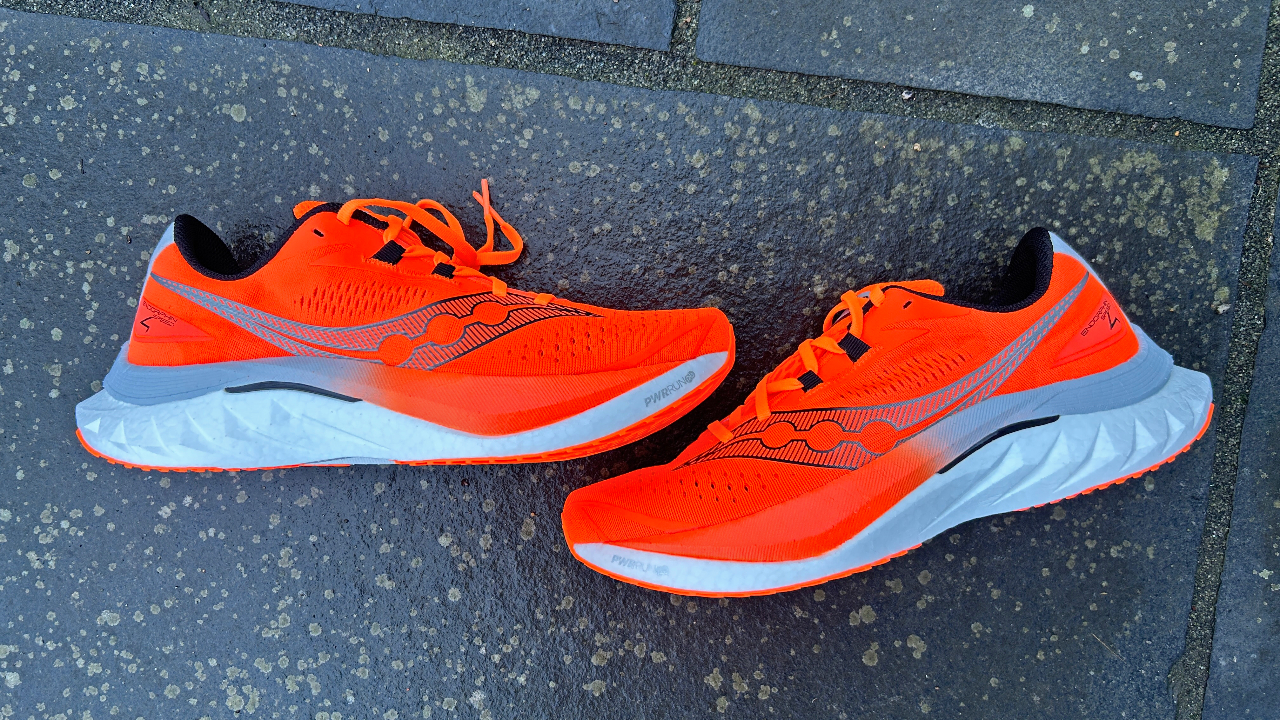
Specifications
Reasons to buy
Reasons to avoid
The Saucony Endorphin Speed has been the most versatile shoe on the market since the original version launched in 2020, and Saucony has kept the updates to the shoe relatively minor since then, no doubt realizing it was onto a good thing. The Endorphin Speed 4 is a comfortable shoe that you can use for easy recovery and long runs, but has a nylon plate and a Peba-based midsole foam with plenty of pep for faster stuff too.
It’s one of very few shoes that are versatile enough to do all your training in and then also use to run a fast time on race day, with the race-day performance of the Endorphin Speed being not far off that of a full carbon racer in my experience. The Speed 4 is not a major upgrade on the Speed 3 though, so if you’re looking for value the older shoe is worth hunting for in sales.
Read more in my Saucony Endorphin Speed 4 review
Best stability shoe
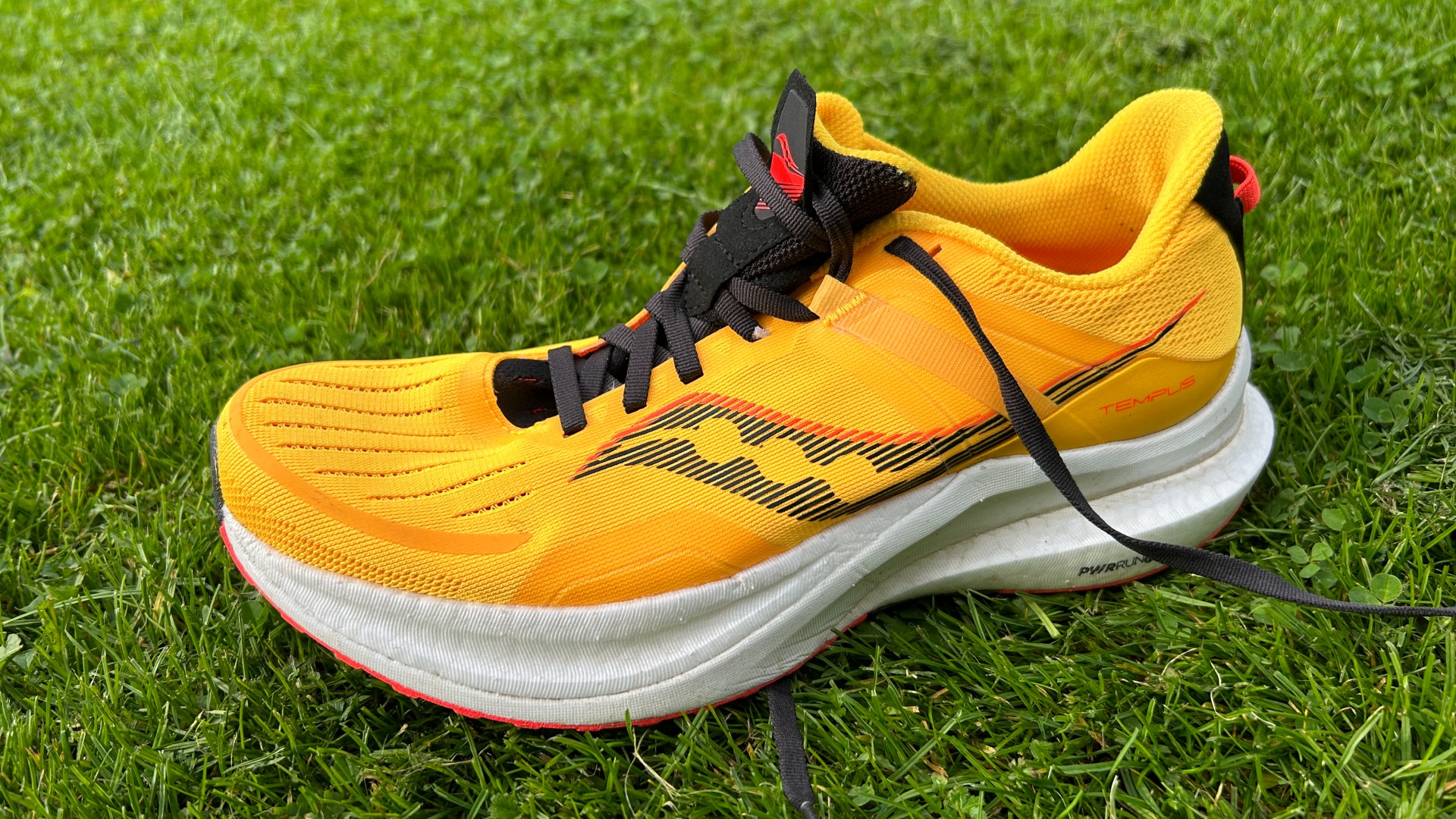
Specifications
Reasons to buy
Reasons to avoid
With a soft and bouncy ride and a fairly lightweight design, the Tempus feels different from most stability shoes, and it’s a great daily trainer for any runner to consider. Even as a neutral runner I rank the Tempus among my favorite running shoes thanks to its versatile, stable ride.
The springy PWRRUN PB foam in the midsole is framed by a firmer material to guide your foot into a neutral position on the run, creating the perfect balance of support and fun, and the Tempus is a versatile shoe that works well for easy runs, tempo efforts and longer races like the marathon.
Read more in my Saucony Tempus review
Most comfortable
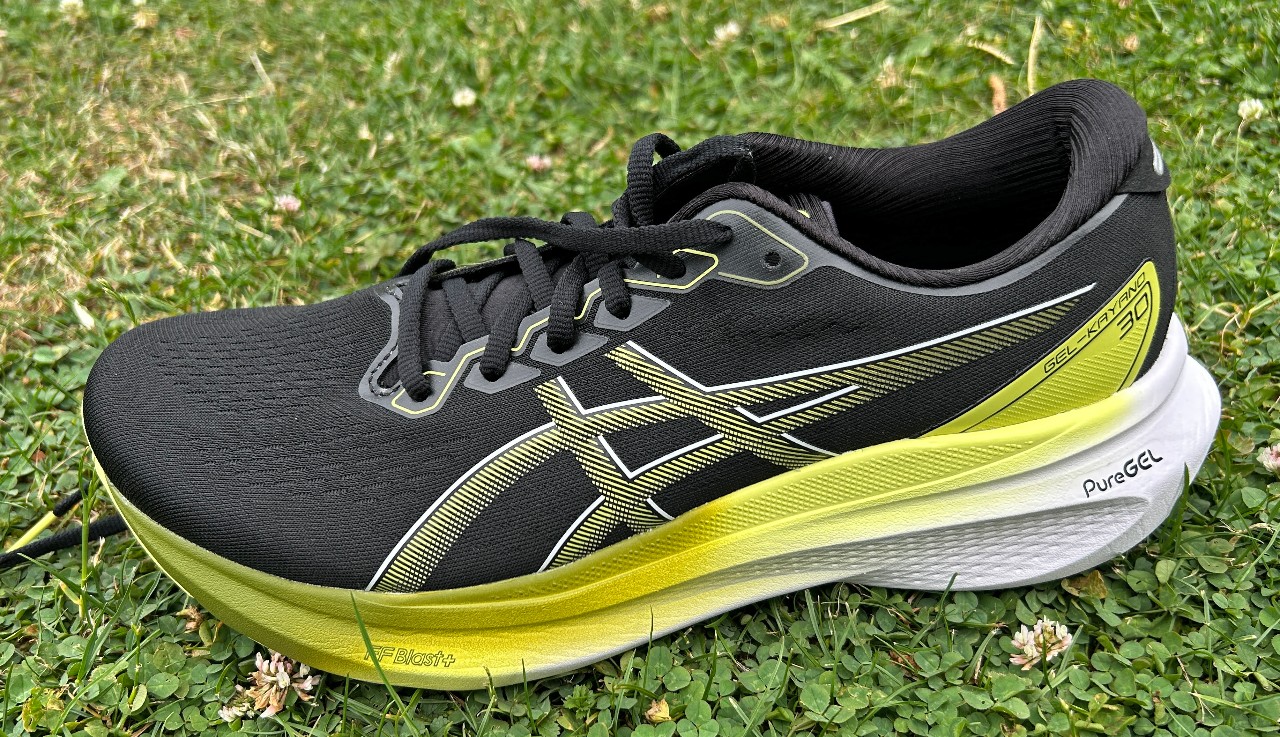
Specifications
Reasons to buy
Reasons to avoid
Although the Asics Gel-Kayano 30 is a stability shoe it provides this support in a subtle way. I found it a comfortable shoe to use for long runs, even as a neutral runner. If you’re just looking for the most comfortable pick to get you through a marathon, with no real regard for time, then the Gel-Kayano 30 is an excellent option. That’s true whether you overpronate or not because come the last few miles of a marathon most runners benefit from extra support from their shoe as their form starts to break down.
Most of the stability is delivered through a wide base and sidewalls of foam that your foot sits within, which means the shoe isn’t wobbly, despite the high stack of cushioning it has. That cushioning is soft, but not squishy, so it’s comfortable over long miles and delivers a little bounce to help the distance tick by more smoothly.
Read more in my Asics Gel-Kayano 30 review
Most comfortable carbon plate shoe
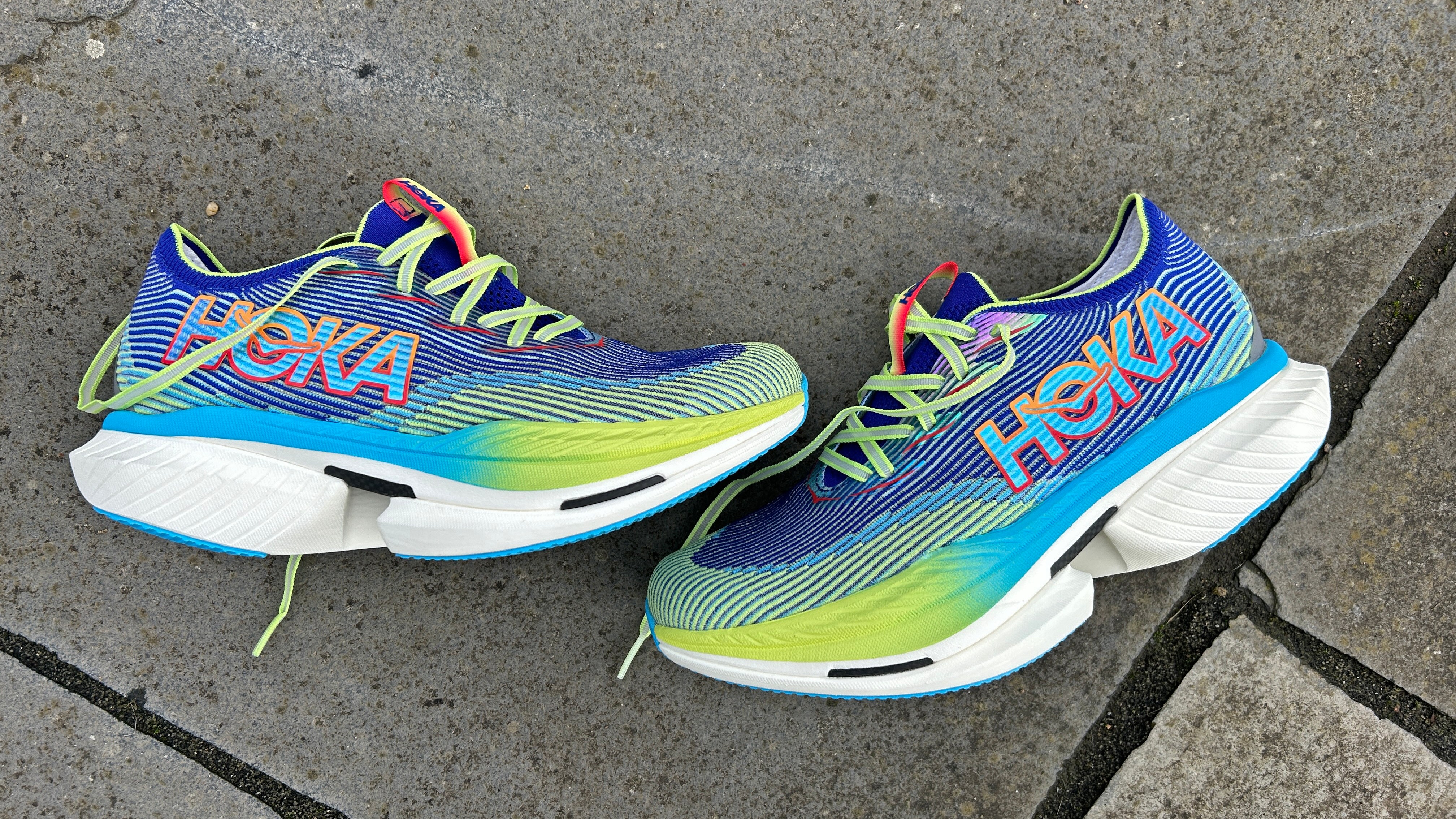
Specifications
Reasons to buy
Reasons to avoid
Hoka’s long-distance racing shoe is one of the bounciest carbon plate running shoes out there, and one of the closest rivals to the Nike Alphafly 3 for chasing PRs in the marathon. It’s also exceptionally comfortable at a range of paces, which I found out during a 24-mile progression run moving from easy to my marathon pace. The rocker rolls you through your footstrike smoothly and the plate and bouncy foam then help to propel you on your way.
It’s the kind of shoe that makes the miles fly by, and if you find other carbon shoes too aggressive or uncomfortable, the Hoka Cielo X1 is a great option thanks to the way it marries a high level of performance with a comfortable ride.
Read more in my Hoka Cielo X1 review
Best racing flat
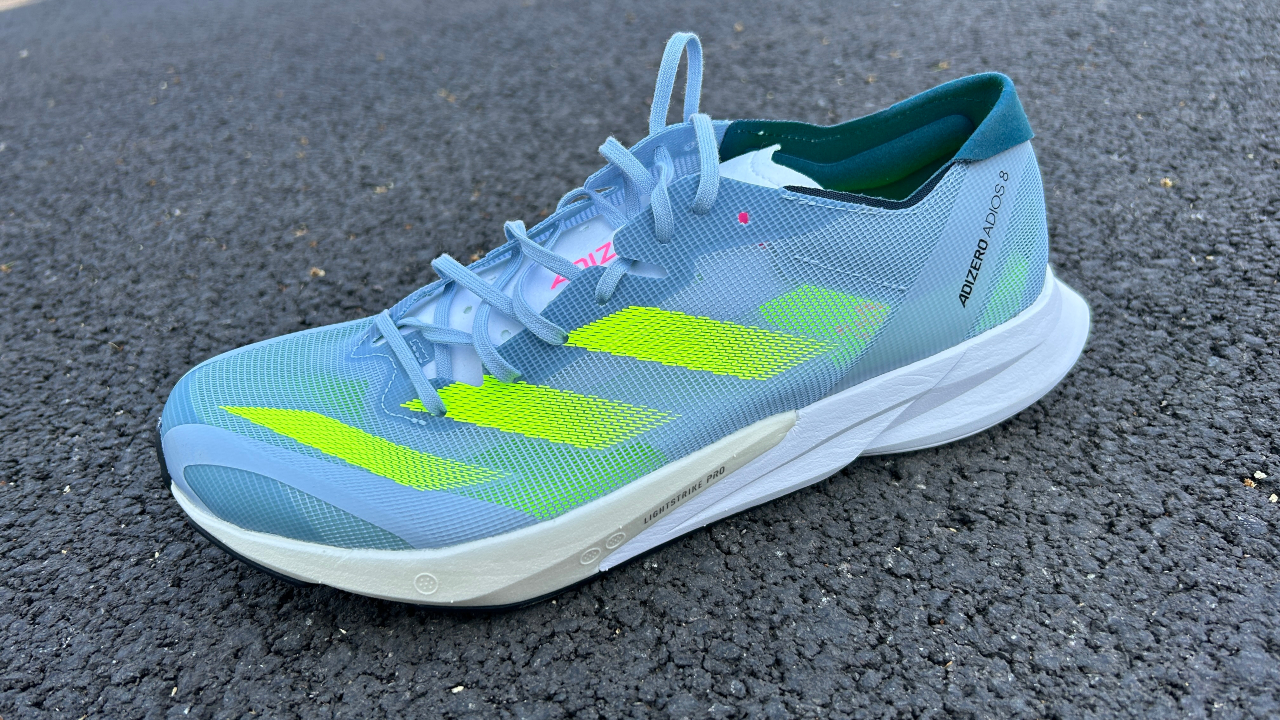
Specifications
Reasons to buy
Reasons to avoid
Those who have no interest in using a high-stack, carbon-plated super-shoe can still find more traditional racing options, and the Adios 8 is my pick of these because it brings some of the modern features of racers into a low-profile shoe.
It has Adidas’s Lightstrike Pro foam under the forefoot and a plastic shank that runs from midfoot to forefoot to add more punch to your toe-off. The foam at the heel is a lightweight EVA called Lightstrike 2.0, which is comfortable enough to cushion your legs through a marathon, if much less protective than a higher-stack shoe.
The benefits of the Adios 8’s low stack are that it feels stable and grounded, and it’s nice and light too. However, the design won’t deliver the efficiency gains you get from the top carbon plate running shoes.
Read more in my Adidas Adizero Adios 8 review
Best marathon shoe without a plate


Specifications
Reasons to buy
Reasons to avoid
The best carbon plate running shoes are now the go-to option for most keen runners seeking a PR in the marathon, though if you want to run your race without a plated shoe then the Rebel v4 is my top pick. It’s as light as a racing shoe, but has enough foam underneath to support you through the distance, with the bouncy Peba/EVA midsole delivering a fast ride even if it lacks the extra propulsion of a plate. I found the shoe more than comfortable enough for long runs at fast paces, but some may want a more cushioned option for the marathon. If that’s the case the Hoka Mach 6 is another excellent plate-free shoe that provides the mix of speed and comfort you need for a marathon.
Read more in my New Balance FuelCell Rebel v4 review
Best for road-to-trail
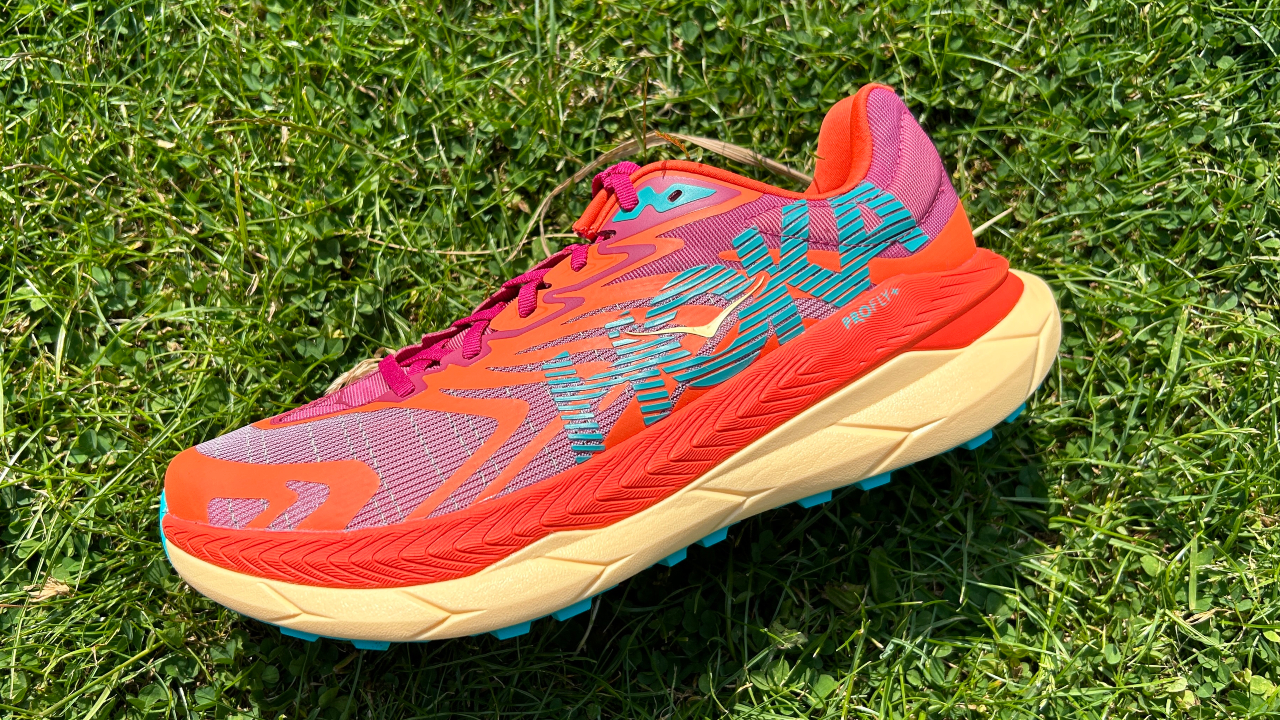
Specifications
Reasons to buy
Reasons to avoid
The Tecton X2 is a trail-running shoe that has twin carbon plates running in parallel down the length of its midsole. These plates deliver some of the pop of the full plates used in road shoes, while still flexible enough to keep the shoe comfortable and stable on uneven trails.
While the Tecton X2 is primarily designed for trail events, I found that the outsole grips well on paved surfaces as well. The ride is smooth and fast on both road and trails, making it a top option for mixed terrain marathons. It’s expensive, though, and if your mixed-terrain race contains very gentle trails it might be worth looking at a road racing shoe with a better-than-average outsole, like the Puma Deviate Nitro Elite 2.
Read more in my Hoka Tecton X2 review
Best Marathon Running Shoes Buyer’s Guide
What makes a good marathon running shoe?
There are two essential qualities to look for in marathon running shoes. One is cushioning—26.2 miles is a long way to run and your legs need all the protection they can get.
The second is speed. This can be achieved with a lightweight design or an especially bouncy foam, or a carbon plate.
What should first-time marathon runners look for in a marathon shoe?
If your goal is to make it through your marathon in one piece and enjoy the experience as much as possible, the first of those qualities above should take precedence—so a comfortable, cushioned shoe is your best bet. This won’t be as fast as opting for a lightweight carbon plate super-shoe, but a cushioned shoe will be more stable and protect your body better, while also being enjoyable to use for lots of training as well.
What shoes do the fastest marathon runners wear?
Carbon plate running shoes have become the norm for the elites and ambitious amateurs chasing fast times. These combine the plate with a high stack of bouncy and lightweight foam to create a propulsive ride that also goes easier on your legs, helping you to stay fresh later into marathons.
The best carbon plate running shoes certainly can help you log a quick time, but they are generally quite unstable, very expensive, and not as durable as standard cushioned running shoes.
How often should you wear your carbon plate running shoes during training?
Carbon plate running shoes don’t have the same lifespan as normal running shoes so you may wonder if you should break the cardinal rule—never run in something new on the day—and save them for the race. I recommend using it for one or two long runs in training to make sure it is comfortable so you avoid any nasty surprises on race day.
Do you need a shoe rotation to run a marathon?
You can do all your training and race in one shoe, but a running shoe rotation is a good idea for a few reasons. One is that you can get different types of shoes to suit different types of run—a faster racing shoe for speed sessions and the marathon itself, plus a cushioned shoe for easy training and recovery runs, for example.
Using a rotation also extends the life of your running shoes. One of the key recommendations for how to look after running shoes is to let them dry naturally. A marathon training plan will schedule back-to-back runs so if you’re caught in the rain, or run one evening and again the next morning, the shoes may not have enough of a chance to air it out properly.
Also, if you just use one shoe it might wear out completely before you even get to the race with all the miles you cover during training. Using different shoes also places slightly different demands on your body during runs, which can help reduce the risk of the overuse injuries that are common among marathon runners.
Sign up for workout ideas, training advice, reviews of the latest gear and more.

Nick Harris-Fry is a journalist who has been covering health and fitness since 2015. Nick is an avid runner, covering 70-110km a week, which gives him ample opportunity to test a wide range of running shoes and running gear. He is also the chief tester for fitness trackers and running watches, treadmills and exercise bikes, and workout headphones.
